Tips for growing Alocasia cucullata
Written by Maggie
Aug 24 2021
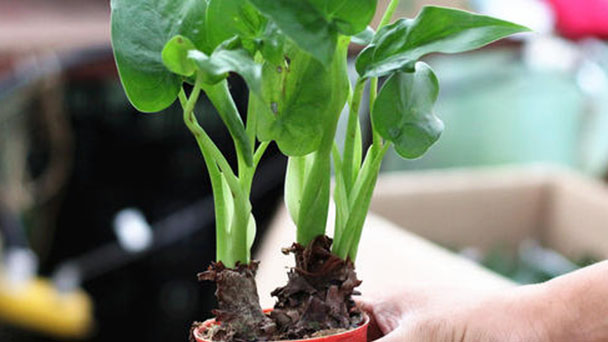
Alocasia cucullata is a genus of broad-leaved rhizomatous or tuberous perennial flowering plants from the family Araceae. There are 79 species native to tropical and subtropical Asia to Eastern Australia, and widely cultivated elsewhere.
The leaves of the alocasia cucullata are typically darkish and inexperienced with a lovely sleek appearance. The plant offers upward shove to dense foliage, all bunched shut together. The cucullata vegetation are on hand in a number sizes and can attain special heights, most being 60 inches (152 centimeters).
The Alocasia Cucullata plant is believed to convey accurate luck. Therefore, it is frequently grown in Buddhist temples throughout Thailand. Undoubtedly, its lush inexperienced foliage can make any region seem like a haven of peace and rest.
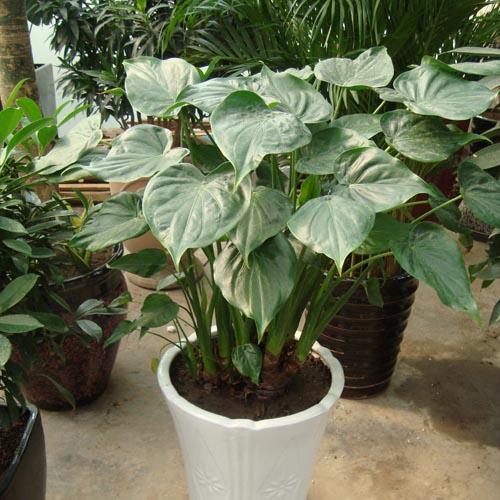
How to grow Alocasia Cucullata
Soil for growing Alocasia Cucullata
The Alocasia Cucullata plant grows properly in soil that is loose, well-draining, and barely loamy. Please do no longer preserve the soil excessively moist as it will expand the chance of infection.
Allow the pinnacle 1 to two inches of the soil to dry out earlier than you water your Cucullata plant. This will hold the vital quantity of moisture and limit the opportunity of fungal infection.
The perfect soil pH for this tropical species is 5.5 to 6.5 (slightly acidic). The acidity of the soil permits the plant to soak up the vitamins greater efficiently. The potting combine has to ideally be well-draining and crumbly loam.
Ensure that the soil is no longer too dry or too wet, and your Alocasia Cucullata will develop a completely happy plant.
Watering for growing Alocasia Cucullata
In environments comparable to the Alocasia Cucullata’s herbal habitat, watering as soon as a week is sufficient. However, its desires can also alternate relying on the season and its environment. You can wait for the above two to three inches of the soil to dry out earlier than including water.
In winters, the plant is typically dormant so water your Cucullata plant solely when needed. Try to evenly water the Cucullata plant, so that the water is on hand to all parts. Like for different plants, over-watering exposes the Cucullata plant to a range of infections.
The contamination can current itself in the structure of moist leaves, root-rot, discolored leaves, and more. This can be an absolute nightmare for houseplant owners. To stop such mishaps, water your Cucullata plant quite until its soil is soggy, however now not wet.
Monitor your Alocasia Cucullata plant’s soil to determine whether or not it wishes water or not. An splendid attribute of the Cucullata plant is that small droplets structure on its leaf suggestions when it receives immoderate water. This helps drain the needless moisture.
However, this water can be worrying for the human pores and skin and dangerous for pets. Therefore, it is excellent to wipe it off cautiously with a cloth.
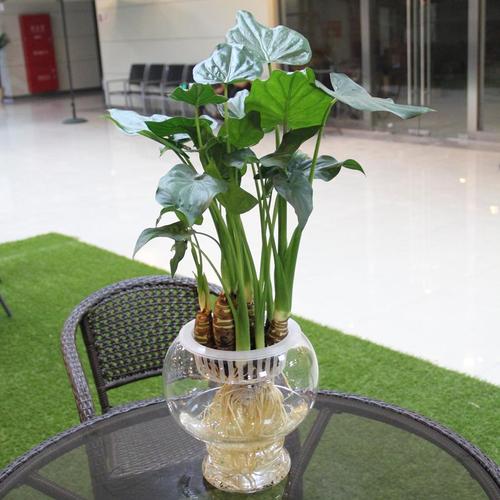
Light for growing Alocasia Cucullata
The lights wishes of the Alocasia flora are incredibly simple. Like most plants, Alocasia Cucullata enjoys bright, filtered sunlight. However, it needs not be too direct as it can lead to leaf scorch.
Pot your Alocasia Cucullata the place dappled oblique daylight hits it. You can put it shut to a window or simply interior your balcony door. Make certain the mild coming into contact with it is now not too harsh.
Before buying a Alocasia Cucullata, you can inquire if it is sun-trained. Such flowers can frequently tolerate fairly harsher solar rays and produce leaves that are greener than the average.
However, do no longer pressure your plant to develop in detrimental lights conditions. A healthful plant with pretty inexperienced leaves is a great deal higher than a dehydrated and wilting one.
If you note your plant developing leggy stems or shifting excessively in the direction of one side, possibilities are it is making an attempt to develop toward a brighter spot. In such a scenario, exchange your Cuculatta plant’s vicinity and location it in a sunnier and partially-shaded spot.
Temperature for Alocasia Cucullata
The Alocasia Cucullata is a pure tropical jungle species. As expected, this tropical splendor loves heat temperatures. Its perfect temperature varies from sixty four to seventy two ranges Fahrenheit (18 to 22 levels Celsius).
Most traditional households are inside this temperature range. This makes it fantastically handy for the Cucullata plant to thrive and grow. As long as you maintain your Cucullata plant away from direct drafts of air, for instance, from air conditioners and heaters, it will strengthen well.
However, if you stay in a location with severe temperatures, it is fantastic to preserve the Cucullata plant indoors. Though durable, it can't stand unfavourable stipulations for too long. If stored in temperatures under 60 stages Fahrenheit, it can shed all its leaves.
The Alocasia Cucullata is a temperature-sensitive plant. Therefore, hold a shut eye on the temperature you hold your Cucullata plant in.
Humidity for growing Alocasia Cucullata
The Alocasia Cucullata plant life develops fine in excessive humidity levels. The best humidity for a Cucullata plant is 65% to 80%. Make certain it does now not fall under 60%, as it may also lead to dried-up leaves.
As much as they love humidity, make certain that you do not furnish immoderate moisture to the plant, for example, via misting the plant regularly. Such excessive stages will enlarge the plant’s susceptibility to contamination and disease.
However, make sure that you hold a humidity degree that is excessive enough for the plant to develop in easily. If your area’s humidity is too low, put your Alocasia Cucullata plant on a tray that is stuffed with pebbles and water. Add water till it is simply beneath the plant’s roots, however is now not touching them directly.
You can additionally mist its environment with lukewarm water to gain the favored humidity level. Alternatively, you can team all your houseplants.
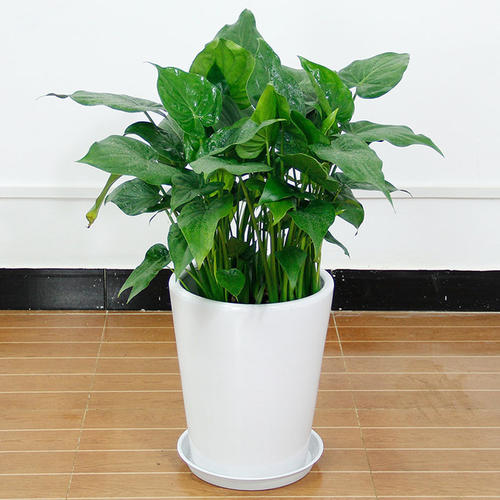
Fertilizer for growing Alocasia Cucullata
The Alocasia Cucullata plant’s meal wishes are comparable to its size, large. Feed your Cucullata plant each and every two weeks or twice a month, particularly from late March to September, with a good-quality fertilizer.
You can additionally feed it with a slow-release fertilizer or a diluted liquid fertilizer. However, please do no longer feed the plant at some point of the wintry weather season as it has no lively boom for the duration of this time of the year.
Be cautious now not to over-fertilize your Alocasia Cucullata plant as it can also cause accumulation of pointless salts, which in the end leads to burnt leaf tips.
Change pot when growing Alocasia Cucullata
The lush, green, heart-shaped foliage of the Alocasia Cucullata appears top notch as it is. However, to beautify its beauty, you can pot it into fancy containers and baskets. The Cucullata flowers like to be root-bound; thus, a container that simply suits its roots is great for repotting it.
You solely want to repot the Cucullata plant as soon as a year. Let its roots stay barely crowded to make certain healthful growth. Report it at the beginning of the developing season of summer time and spring.
The plant does no longer actively develop for the duration of the less warm seasons. Thus, you do not have to repot it at some stage in this time.
Pruning when growing Alocasia Cucullata
The Alocasia Cucullata is an exceptionally massive plant. Unless you have lots of area for it to grow, it can be a problem. Therefore, it can also require pruning for dimension management from time to time.
Grab a pair of pruning scissors or shears and prune 1 to two vines of the Cucullata plant carefully. Cut the backside leaves, ideally as new leaves frequently shape at the top.
You can additionally reduce off the yellow and dead-looking leaves as they can appear unpleasant. They may additionally truly have this look due to historic age or fungal infection.
Pruning off yellow and useless leaves will no longer solely make your plant seem extra subtle and beautiful, however will additionally reduce the likelihood of unfold of disorder if present.
Please make sure you sterilize your gardening tools earlier than the use of them on any of your plants. This minimizes the switch of contamination and disease.
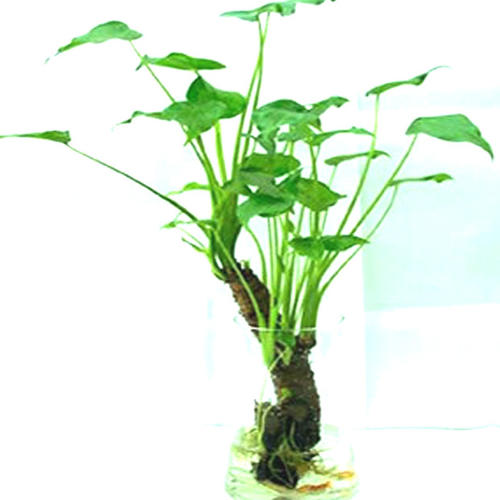
Carings for Alocasia Cucullata
Xanthomonas
A frequent sickness for this plant is Xanthomonas. It is current as black or darkish brown spots on the leaves’ top or decrease aspect and a yellow-colored rim around the stated spots.
This can be averted by way of watering the plant solely when it is needed. Similarly, please do no longer drench its roots in water, as that will additionally enlarge the opportunity of fungal or bacterial attack.
Sun damage
The leaves of the Alocasia Cucullata plant may also start to scorch if positioned in direct sunlight. Do now not put your Cucullata plant in harsh sunlight. It is fantastic to vicinity it indoors. Grow its exterior solely in a in part shaded spot.
You can additionally put it outdoor in the late night or early morning solar if the daylight is no longer too direct.
Pests and diseases
The frequent pests of Alocasia Cucullata plant life encompass aphids, mealybugs, spider mites, and scale. To stop an attack, use insecticidal spray or cleaning soap each and every few weeks. This will additionally assist the plant continue to be dust-free.
In case of infestation, get yourself ultra-fine insecticide oil or Neem oil. This will assist get rid of the pests and their eggs.
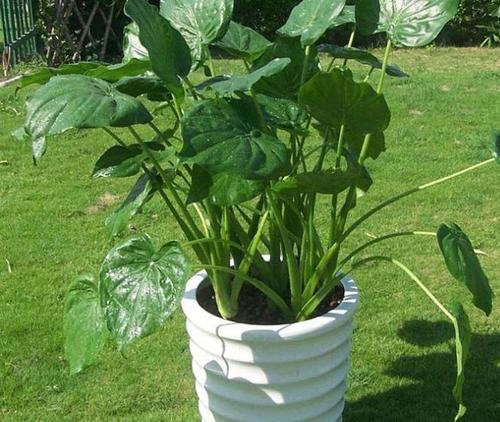
Floppy yellow leaves
The Alocasia Cucullata might also naturally drop some yellow or floppy leaves. This is more often than not ordinary due to the fact the Cucullata plant can solely maintain a sure wide variety of leaves at any one time. Additionally, this can additionally be a way for it to control and distribute vitamin to the plant’s new foliage.
However, if it is losing a bizarre quantity of leaves from a variety of locations, it can also be alarming. Check if you are over or under-watering your plant or exchange its place to a brighter spot with dappled sunlight.
The Alocasia Cucullata life may also go through from different ailments such as leaf-spot and crown, stem, and root-rot. Avoid overwatering your plant and make sure desirable air circulation round the plant to forestall the prevalence of these diseases.
Tips for Growing Alocasia Cucullata
The Cucullata plant regularly sheds a leaf when it grows a new one. It is normal; thus, do now not panic.
Water the Cucullata plant with room-temperature water.
Grow the Alocasia Cucullata in wet, well-draining potting soil combine with enough nutrients.
Let it be barely root-bound for more healthy and quicker growth.
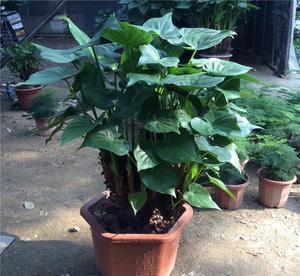
Latest Updated
- Benefits of Bugleweed - 7 Science-backed Health Benefits
- Bugleweed Dangers & Side Effects - Is It Poisonous?
- How to Plant Evergreen Trees - What You Should Know
- When to Plant Evergreens - Grow Guide for Evergreen Trees
- 12 Wonderful Evergreen Shrubs for Your Garden
- 12 Popular Evergreen Plants with Pictures for Beginners
- When And How To Prune A Lilac Bush Like a Pro
- How to Grow & Care for Lilac Vine (Hardenbergia Violacea)
- Japanese Lilac Tree (Syringa Reticulata) Care & Propagation Guide
- Shumard Oak Pros and Cons - What to Know
Popular Articles
- Winter maintenance of Antirrhinum Majus
- How to Grow Terminalia Mantaly Tree
- How to Grow and Care for Crossostephium Chinense
- How to grow Antirrhinum Majus in spring
- Peristeria Elata (Dove Orchid) Profile: Info & Care Guide
- Underwatered Snake Plant (Sansevieria Trifasciata) - Signs And How To Fix
- How to Care for Brazilian Jasmine Plant (Mandevilla Sanderi)
- How to Grow & Care for Graptopetalum Purple Delight in Summer
- Rosa Chinensis (China Rose): Plant Growing & Care Tips
- How to Care for Baby Sun Rose (Aptenia Cordifolia)